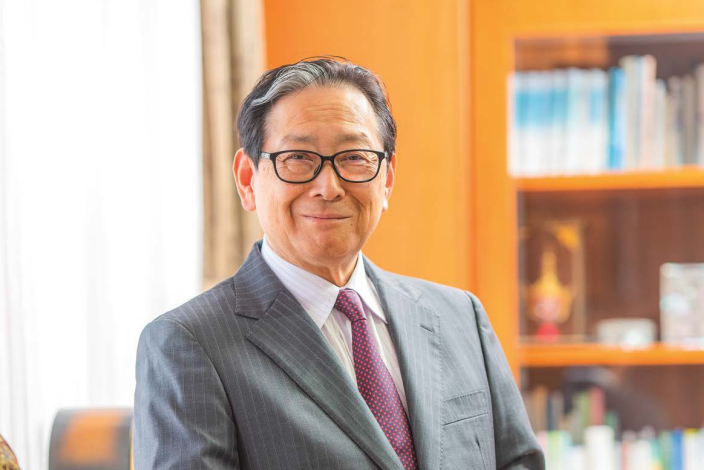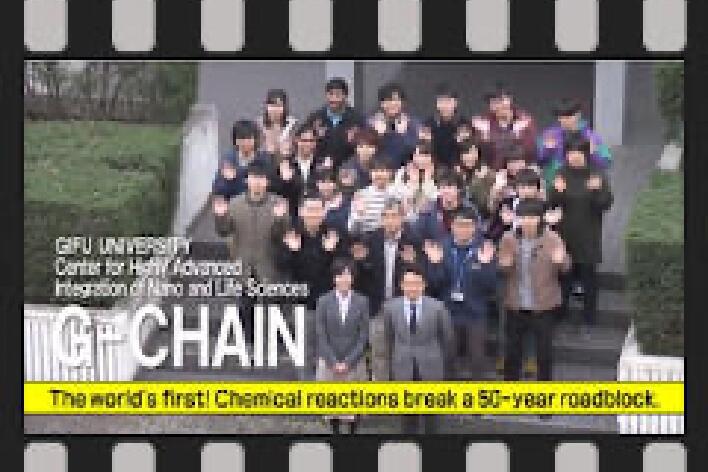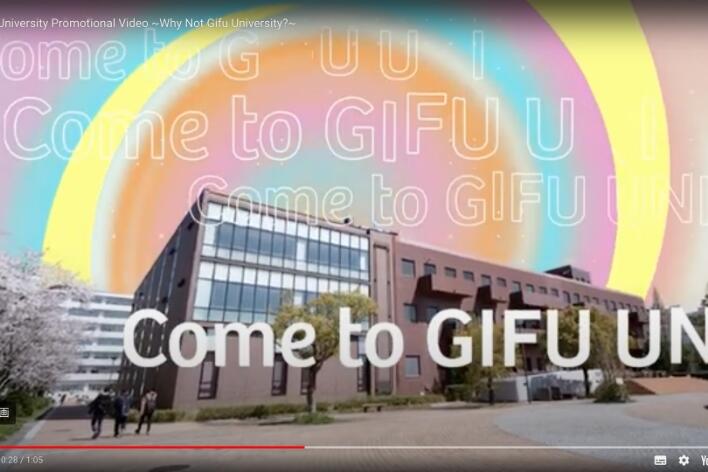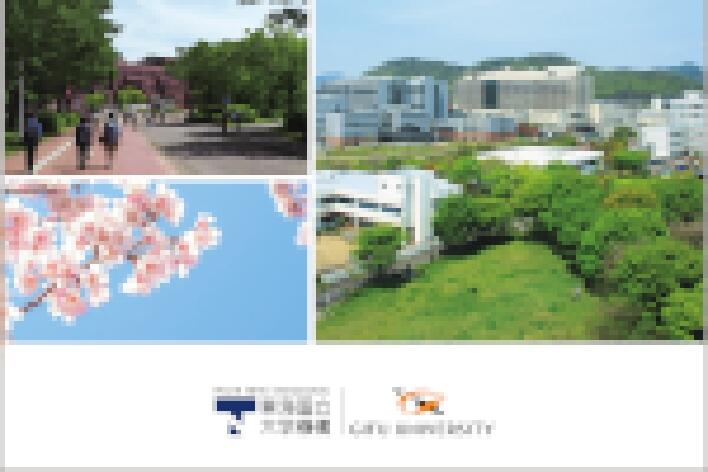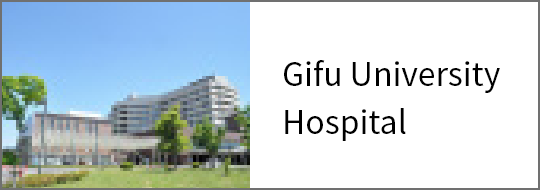Glyco-core Symposium 2024
On Tuesday, July 16, 2024, the Institute for Glyco-core Research (iGCORE) of Gifu University and Nagoya University, in collaboration with the Joint Usage/Research Center Glyco Cooperative Science Network (J-GlycoNet), the Human Glycome Atlas Project (HGA), and the Convolution of Informatics and Biomedical Sciences On Glocal Alliances (CIBoG, Nagoya University), hosted the "Glyco-core Symposium 2024" at the Toyoda Auditorium of Nagoya University, Aichi Prefecture. It was the first international symposium held since the launch of the HGA, the first MEXT1-approved "Projects to Promote Large Scientific Frontiers" in the field of life science. The symposium aimed to disseminate the Institute's efforts and achievements in life science both in Japan and abroad, and to promote interdisciplinary research involving glycoscience and diverse fields of science.
At the beginning, there was a series of opening speeches by the representatives from the organizations concerned. They were MATSUO Seichi, Chancellor of the Tokai National Higher Education and Research System, SUGIYAMA Naoshi, President of Nagoya University, and YOSHIDA Kazuhiro, President of Gifu University. Additionally, greetings were given by invited guests. They were Mr. YANAGISAWA Koji and Mr. KAMAI Hiroyuki, both from the MEXT's Research Promotion Bureau. Following this, KADOMATSU Kenji, iGCORE Director, explained the current state of glycoscience research.
The sessions consisted of keynote and invited lectures, covering four themes: medical big data research, molecular imaging, chemical biology, and diseases and treatments. One of the lectures, given by Dr. Kelvin Anggara from the Max Planck Institute (Germany), titled "Analyzing Structures of Glycans and Glycoconjugates at Single Molecule Level by Direct Imaging on Surface," demonstrated the visualization of complex and flexible glycan structures by combining mass spectrometry with scanning tunneling microscopy (STM) techniques and successful visualization of a single molecule. This work was published in the journal Science in 2023. The emergence of this new technology, addressing the challenge of "visualization" in glycoscience, made the attendees feel the dawn of a new era in glycoscience. The session concluded with a lively discussion among attendees during the Q&A.
During lunchtime, a luncheon poster session including flash talks2 was held, where 131 posters were presented at the venue, and attendees discussed and exchanged opinions over posters in a relaxed atmosphere.
After the session, a special lecture was given by Professor Richard Cummings from Harvard Medical School, titled "Connecting Genetics, Glycomics and Biological Functions of Glycans." He introduced new pathways for glycan function analysis using glycan arrays and anti-glycan antibodies as foundational tools.
The symposium concluded with closing remarks from Director Kadomatsu. The symposium was attended by 411 participants from both Japan and abroad. Participants provided positive feedback, such as "It was very stimulating to hear about the cutting-edge developments in glycoscience" and "The symposium was filled with excitement with so many young researchers in attendance." The symposium welcomed a large number of researchers and scholars from around the world at the central Tokai region (Nagoya) and provided attendees an opportunity to engage with the latest research achievements in glycoscience. Moreover, the poster session promoted interdisciplinary collaboration and facilitated the direct participation of young researchers in international conferences. Gifu University will continue to disseminate glycoscience research and its outcomes both domestically and internationally.
1) The Ministry of Education, Culture, Sports, Science and Technology
2) A flash talk is a very brief presentation, typically lasting one minute, where the speaker conveys key points concisely using a single slide.
Scene of the Symposium


